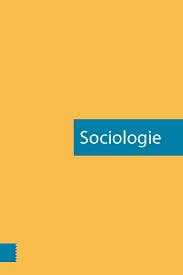Abstract
Recent publications on inequality in the Netherlands mostly describe objectively measured dimensions of inequality, but we know little about the subjective dimension: how do people experience inequality? In this article we examine how students in secondary school perceive status inequality, whether they construct a social hierarchy, and how they relate inequality to their own position. The article is based on qualitative research among 177 students (15-17 years old) enrolled in vmbo, havo and vwo. Students were asked to make a visual representation of their perception of society based on 23 photos of social situations and to indicate their own position in society. Sixty percent of the students construct the photo’s hierarchically, which can be interpreted as a reflection of perceived status inequality. The meritocratic ideal seems to justify status inequality. We also find differences in how students of different educational levels see their own social position. Furthermore, we describe how students find ways to neutralize implicit value judgements related to status inequality. In the discussion we elaborate the possible consequences of experienced inequality in general and for students in particular, and the role of our education system in the construction and reproduction of status inequality.
How to Cite:
van den Bulk, L. & van Eijk, G., (2015) “‘Als je onderaan staat dan kun je stijgen’. Beleefde ongelijkheid onder leerlingen in het voortgezetonderwijs”, Sociologie 11(3-4), 519–544. doi: https://doi.org/10.5117/Sociologie/157433142015011003010
Downloads:
Download PDF
View PDF
253 Views
65 Downloads
Published on
2015-10-20
Peer Reviewed


